Google Ads Remarketing on Shopify
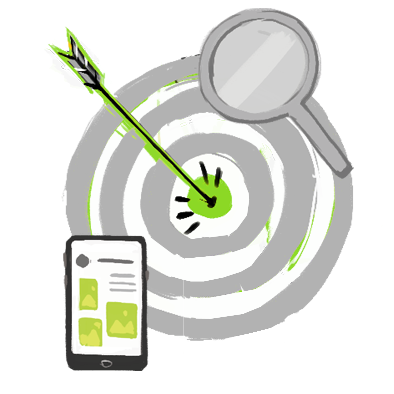
Introduction: How To Increase Sales on Shopify Using Google Ad Remarketing
If you didn’t already know, google ad remarketing (aka retargeting) is arguably the most effective tool for how to increase sales on Shopify. In fact, Google ads and Shopify work symbiotically when set up with “remarketing.”
However, when you see the nuances and options for establishing your Google ads remarketing tag and campaigns settings, plenty of questions arise on how to best optimize your Shopify store for sales success.
This post reviews how Google ad remarketing tags help increase your sales on Shopify. E-commerce marketing has lots of moving parts and analytics, but even a minor adjustment in your targeted audience can lead to getting more sales. Dive in to Ad360s view on how to best set up Google ads in Shopify!
Why Retargeting with Google Ads is a Powerful Tool to Increase Shopify Sales
The Google Display Network reaches roughly 90% of all users on the internet – learning all the best online promotional tools to leverage for increased Shopify sales is common sense!
Ecommerce utilizes retargeting with Google ads more than any other industry, and it’s no small reason why: remarketing with Google ads can lead to a 700% growth of branded search results and web traffic.
On top of that, customers are 70% more likely to purchase a product when engaging with a retargeted Google Display ad, and it is 8 times cheaper per click. Some may stop here and think that remarketing with Google ads is simply too complicated
How to Set up Google Ads Remarketing “Tags”
Shopify with Google ad retargeting is not as hard to set up as you might think! Go into your Google Ads/Analytics account and click on “audience manager” under “shared library.” After clicking audience sources,” you will see an option to “set up tag,” and you are on your way to establishing your ad remarketing campaign! Even if it seems foreign to traditional business owners, stick with the process – it is the difference between Shopify sales success and failure for most ecommerce stores. Ad360 wants your store to be the former, not the latter! So, put on your reading glasses, because the options on exactly how to use Google ads remarketing on Shopify can get very nuanced in the details.
After setting up the “tag”, it is time to segment your audience based on their platform, level of engagement, keyword searches, and timeline. It sounds like a lot to take in, but Ad360 will break it down here as best we can!
1. Pick a Platform (We recommend you include mobile)
Considering Google Analytics 4 will soon replace the sunsetting Universal Analytics interface, retargeted Google ads on mobile will experience explosive growth in the coming years. To get out ahead of the trend, Ad360 would recommend experimenting with mobile app retargeting – it is a shockingly underutilized marketing tactic by otherwise savvy business owners.
There are options to remarket on Google ads for traditional website users, customer emails, and Youtube, but again – none of these segments will experience the dynamic growth that mobile-based Google ad retargeting will in the next several years.
2. Define your Audience with Absolute Precision
The better you classify each part of your audience, the better your remarketed google ads will increase sales in Shopify. After picking the platform, Google will prompt you to create an audience filter based on metrics like the following:
- Visitors of a page
- Visitors over a specific period of time
- Visitors who visited a page with specific URLs (helps identify where customers are in your sales funnel)
- Visitors who came from a blog post
- Visitors who downloaded/used your app, or visited your store through the Shopify app
- Visitors who viewed a Youtube video, liked the video, or subscribed to your channel
- Visitors who “abandoned” their shopping cart
- Demographic info
- Geographic info
- Specific keywords the visitors type into Google’s search engine
3. Define your Keyword Searches
That final bullet point leads to the next major consideration for remarketing with Google ads in Shopify: which keywords to target for getting more sales (e.g. – “vintage clothes” for a Shopify clothing store).
Every time a user – who has previously visited your site – types that keyword phrase into their Google search, you can ensure that your store pops up in the first page of Google’s rankings. By targeting these customers and establishing the niche audience you want to reach with those keywords, Google ad remarketing on Shopify becomes substantially cheaper than traditional “Cost-per-click” ad campaigns.
4. Set a Clear Timeline for Google Ads in Shopify
Based on your Shopify market’s ad data from across each platform, you can conclude which timeline is most effective for getting more sales. 30, 60, or 90 days are the general parameters most stores use, so you can determine whether to retarget customers who have not engaged with your store in several months, or concentrate all your efforts and budget on potential customers who just recently engaged with your ecommerce site.
Conclusion: What Shopify Apps Do I Need for Google Ad Remarketing?
In a nutshell, Ad360 is the best Shopify app to increase sales in 2022! Our expertise revolves around innovative marketing tactics – like Google ad remarketing on Shopify – to help increase your Shopify sales.
We are a certified Google partner, meaning we have been vetted by the largest search engine in the world to provide best-in-class digital marketing services. With Ad360 help you strategize your ad campaign, e commerce marketing has never been so accessible 😊
We are one of the best Shopify review apps with a 5 star rating, but Ad360’s drive to expand and improve customer outreach is unmatched in the e commerce industry. We offer 24/7 live support and are backed by experts in digital marketing and data analytics. Try our free demo today to see for yourself why Ad360 is the best Shopify add to increase sales in 2022! Cheers and happy selling 😉
What does this mean? CTR, CVR, LTV, AOV
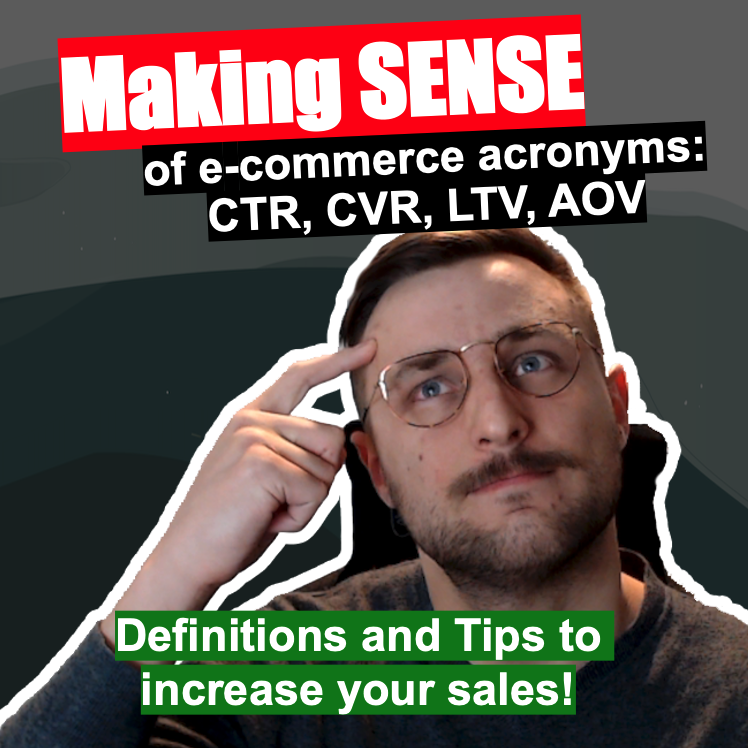
It’s sometimes hard to navigate and understand the e-commerce marketing jargon and acronyms!
If you’re seeing strange 3-letters words all day long, here are a few definitions that should be helpful:
- CTR (Click-Through Rate): clicks / impressions
- CVR (ConVersion Rate): conversions / clicks
- LTV (LifeTime Value): monthly revenue per customer / customer lifetime duration
- AOV (Average Order Value): Total Revenue / Number of Orders
The video gives more details about each of these metrics, and why they matter. The video also gives a few tips to improve your results and your success!
Part III: The Most Effective Email Lead Strategies
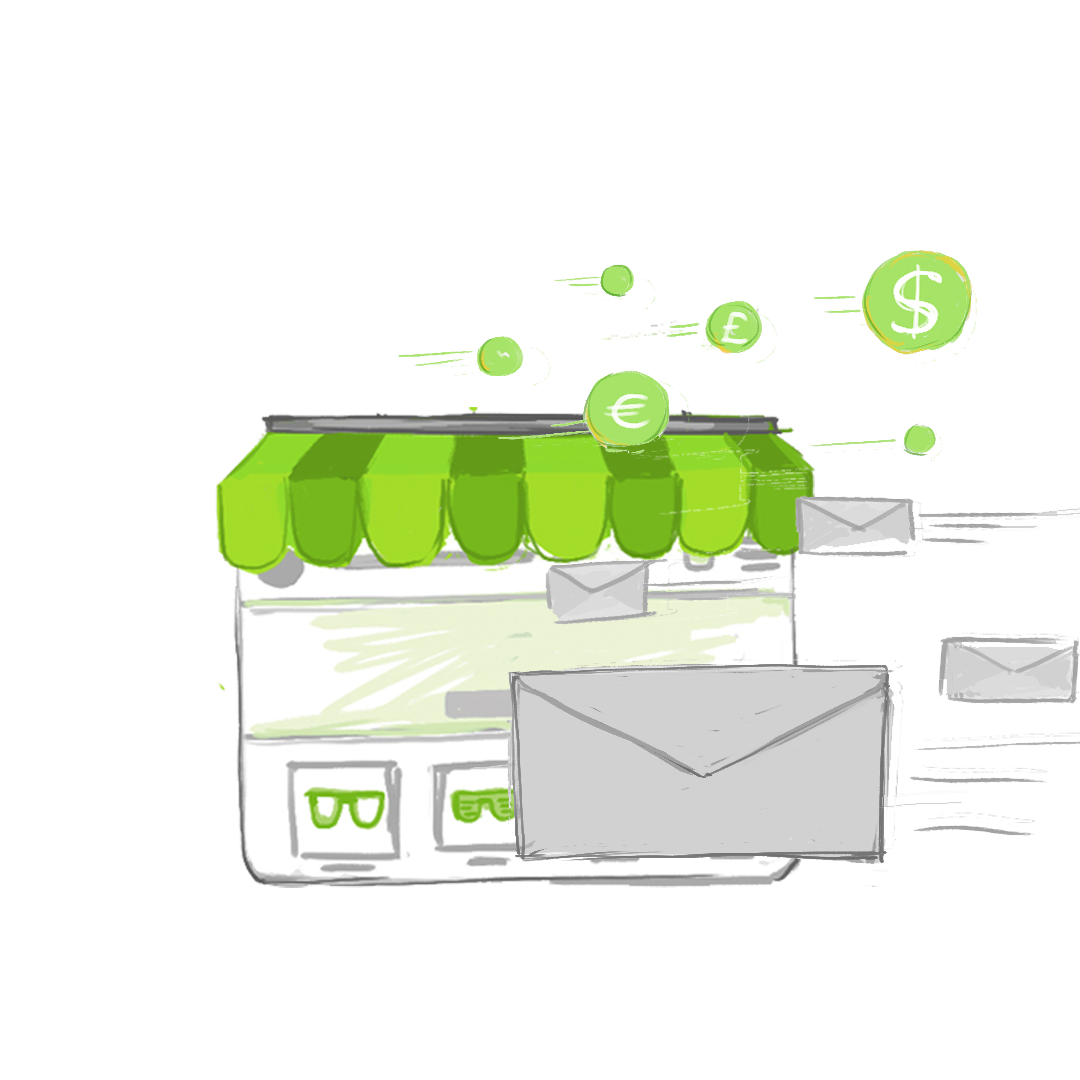
Introduction: Closing the Deal with an Email Marketing Campaign
By the time you are sending out email ad campaigns, you hopefully have already accomplished a few promotional goals to increase sales on Shopify:
- Creating retargeting ads on Facebook campaigns for effective Facebook marketing
- Utilizing Google adwords retargeting to concentrate on likely customers
- Keep track of your Shopify sales funnel – what level of awareness do site visitors have of your product?
Simply put, email marketing proposals are one of the final steps in the “sales funnel.” Generally speaking, it should not be the first time the customer has heard from you! Email leads can come from retargeting ads on Facebook or Google adwords retargeting, but the key point is they have already been identified and targeted to up your chances closing the deal and increasing your Shopify sales!
While part I and II of our email marketing series focused on the basic framework of email ad campaigns, as well as how to construct an effective email marketing subject line and template. Part III closes out the series by providing a more in-depth analysis of why some email marketing proposals help increase sales on Shopify, while others get you labelled as “spam” by potential customers. There are 6 key strategies we discuss below, along with other helpful tips – enjoy!
Have Decisive Intent with Email Marketing Subject Lines
We mentioned a few generic examples of email marketing subject lines in Part II (link here), and just remember that, at this point, folks know you are trying to sell something. There’s no need to dress it up as “informational” or “telling a story” – it will get old quick. Cut the point, and present a high-value proposition in the email marketing subject line with clear intent.
We’ve organized some of the best email marketing and lead generation strategies below:
1. Abandoned cart emails
Customers are so used to browsing and leaving open a gazillion tabs that they may have accidentally left your page before purchasing! Send a friendly reminder with an email marketing subject line like, “Hey! You Forgot Something 😊.” It’s a proven method to help increase sales on Shopify
2. Product follow up email
Send an email following up if a product is viewed or purchased. It shows a level of engagement that makes the customer feel you are doing your best to cater to their interests. An email marketing subject line could read, “We saw you viewed one of our products, but we think you’ll like this one even more!”
3. Promotional Offer
For any seasonal specialty, have a promotional offer ready – it’s one of the best ways to remain topical and relevant to your audience. It’s St. Patrick’s Day? Promo Code “Lucky10.” It’s Labor Day? “DayOff10.” MLK’s birthday? You know the drill. Some companies go so far as to send birthday promo codes, which is truly a unique, one-of-a-kind way to connect with your customer base!
4. “Come Back Emails”
What a great way to bring old customers back in: offer a nice coupon discount after the customer has stopped engaging with your website or products for 3-4 months.
5. “Leave a Review for a Coupon” Email
These offers ask the customer to leave a nice review in exchange for a promo code on your next purchase. A little “You scratch my back, I’ll scratch yours,” type of deal 😉
6. Loyal Customer Appreciation Emails
If your Shopify store data reveals that certain customers have had multiple “purchase” events on your site, and have remained committed to regularly visiting your Shopify site for over a year, consider having a special “Thank you for your loyalty,” promotion for them. Think about it – with all the options online, they have continued to stick with you! Reward that the right way, and you will build an audience that feels appreciated and acknowledged for their patronage. Over time, your Shopify sales will increase dramatically with customer retention marketing strategies like this one.
Segment Your Audience to Who Receives What Email Ads
Don’t blast emails – segment your audience to the most granular detail. Some business owners report it took the conversion rate on the email from 11% -> 40% by segmenting the audience.
Ask questions like, “Has this customer purchased before? How long has it been since they visited the site? Where did they first hear about us? When was the lasts time we reached out?”
Make sure customers receive only the most relevant emails to their interests. How do you surmise where to segment each potential customer? By reviewing and analyzing previous customer engagement and reported “events” recorded by services like Google Analytics. You can break down who receives what email based on demographic info, as well. That way, you can have an email marketing subject line catering specifically to different age brackets or regional locations.’
One more thing – make the email look fun to click on! Add email gifs and little touches like that, it could help brighten your customers day, and they will thank you for that 😊 Put effort into humanizing the message for each segment of your audience to make the best email ad campaign possible.
Conclusion – Help Managing your Email Ad Campaigns
Analyzing the data to segment your audience – as well as generating creative email marketing subject lines – may seem like a fairly arduous task, but it’s well worth the increased sales on Shopify. If you feel you could benefit from some online advertising expertise, reach out to try a free demo by Ad360 today!
We are a certified Google partner and can run every facet of your advertising efforts online. We can balance personalizing your email retargeting ad campaigns while automating the most time-consuming aspects of the process. Cheers and sell well!
Part II: Perfect Email Marketing Proposals
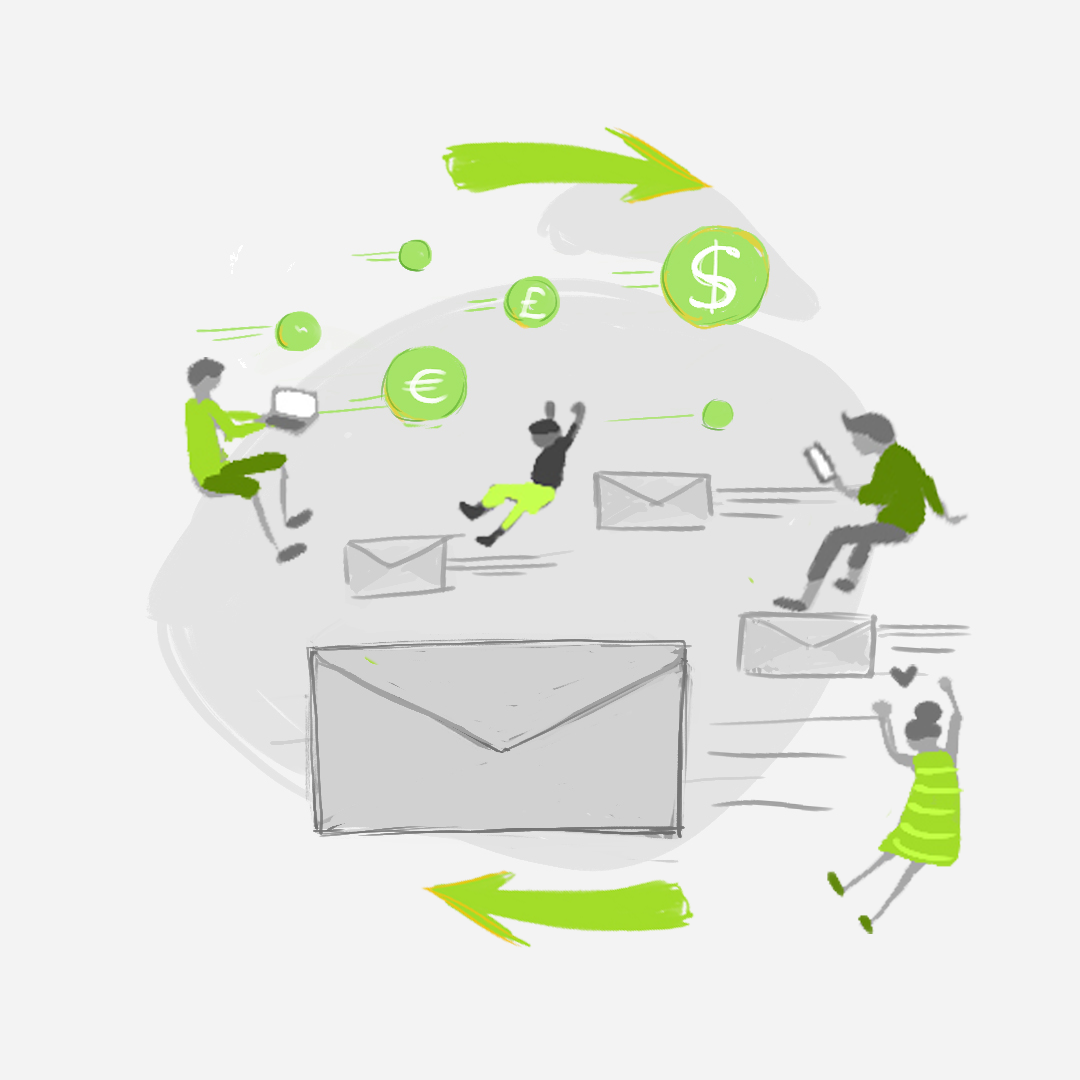
Introduction: How Email Marketing is Done
After covering the fundamental importance of email marketing and lead generation in part I, this post focuses on the elements of the best email campaigns.
- What should the writing copy look like?
- What tools for lead generation are best?
- Persuasion Techniques for the best lead generation ideas
Remember that your customers get inundated with email gifs and newsletters constantly. So much so that the standard practice is to skip right by them! You need a way to “hook” yourself in as a store worth spending time and money on. It’s the only way to increase your sales.
Consider this post the “how to build a lead generation strategy” email marketing kit 😊
Start with Email Marketing Subject Lines
“It’s that time of the season….”
“Lowest price of the year”
“Flash sale next 48 hours!”
“A Special Deal for You”
These are a few examples of basic lead generation email marketing subject lines – you want the customer right away to feel they’re getting a deal that otherwise won’t be available if they miss out. In a sense, you are creating a sense of immediacy with the time frame that alerts them to potential savings within your email marketing proposal! The email marketing subject line is your “banner” automatically seen in the email, so make sure it speaks to the desires of your niche audience.
Consider the Lead Generation Funnel – How Many Times Has your Customer Been Contacted?
While email leads are vital for lucrative lead generation strategies, it doesn’t help if the customer has already dismissed emails from your store. They may even be leaning towards labeling it spam. It begs the question: “how often email marketing needs to happen for maximum effectiveness?” Follow your email marketing metrics for each campaign to measure the answer to these crucial sales questions.
Depending on the data you have from that customer, you should be willing to nimbly adjust your email marketing strategy. Monitor your store’s email marketing metrics to hone strategies for lead generation. Less than once a month, and customers will forget about store offerings, and you will lose the momentum of your lead generation emails. More than a few times a week, and you’ll just piss people off – it becomes spam at that point. The best email ad campaigns aim to reach out once every 1-2 weeks. It gives your customers time to digest your offers and reassess their value on a regular basis. The consistent visibility of new deals to niche customer segments is one of the key ways how email marketing is effective.
Complement your Lead Generation on Social Media
Consider all the ad banners and promotions your customers have seen. The best email ad campaigns complement lead generation social media. Like mentioned in Part I, email writing copies usually are follow-ups based on captured data from an earlier ad campaign. Picture that your stream of advertisements are basically a “conversation” you are having with your most interested customers. After reviewing what ads captured emails for lead generation, ask yourself, “What would be the next natural part of the conversation if they said ‘Maybe…’ How would I keep the conversation going to hopefully close the deal?” Build your promotional persuasion techniques from there
Conclusion: Ad360 can Help Build Custom Email Marketing Templates
So, is lead generation worth it? Yes! Email campaigns are highly effective when they build on previous customer outreach efforts. Knowing which customers to add to which email lists, as well as how to design and produce a unique writing copy for each one, can become head-scratching work for an independent business. Reach out to try a free demo by Ad360 today for help on building your own custom email marketing templates!
Email Marketing: Powerful Lead Generation
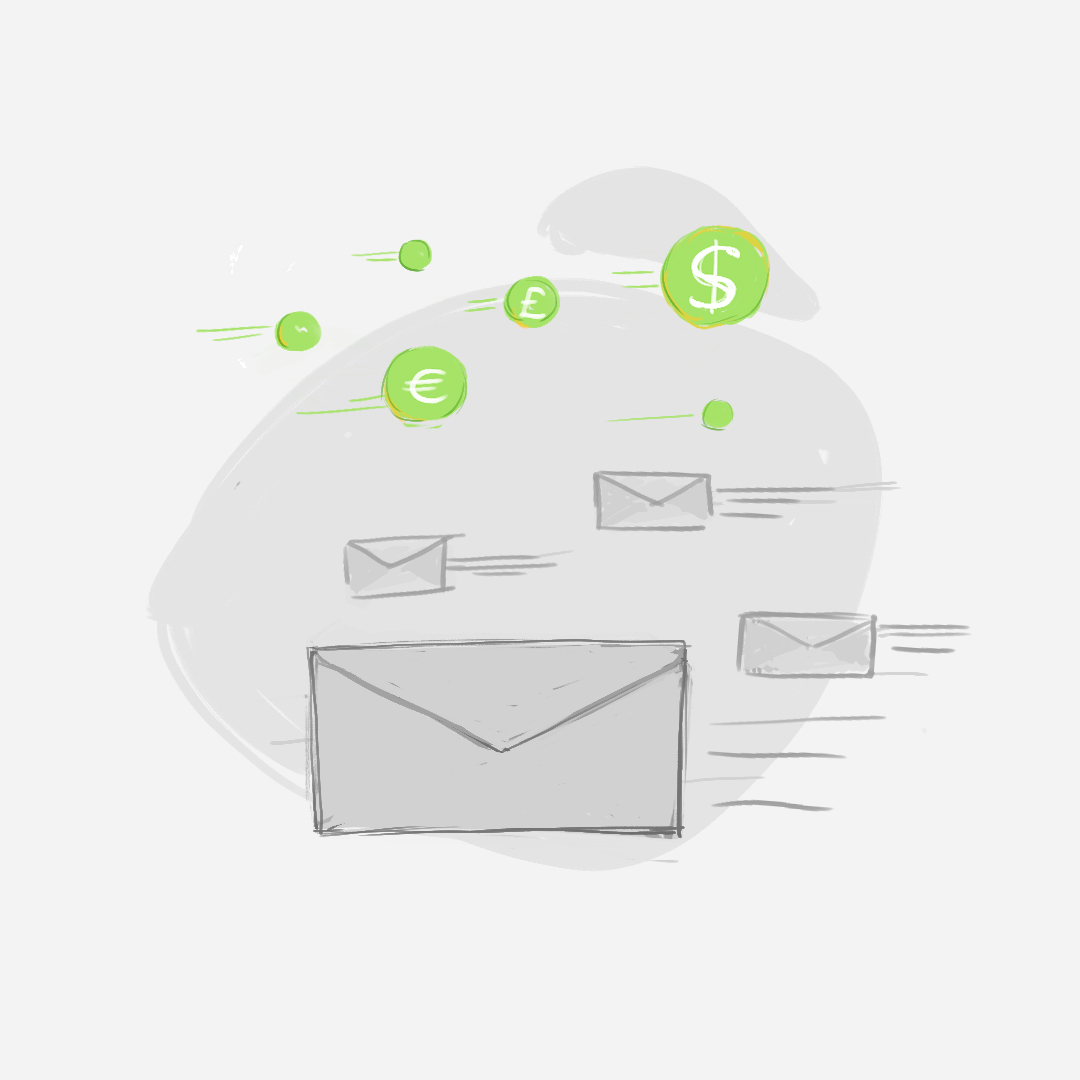
Introduction: A 3 Part Series on Email Marketing Campaigns
Email marketing is a key strategy for lead generation in e-commerce. Without it, you’re basically a dinosaur after the meteor hit: toast. This post is the first in a three-part series that covers how to formulate lead generation ideas, find helpful tools for lead generation, and apply persuasion techniques to make your email marketing proposals become a core component of your digital marketing strategy!
Why Email Marketing Proposals are Important
Email marketing lead generation complements the web’s most powerful advertising tool: retargeting. Remember that potential customers need multiple “touches” with your sponsored content. After running a Facebook marketing campaign or creating ads on Facebook, you need to know how to email for follow up.
Ad retargeting on Facebook marketing can capture the user’s email, and now, you have a valuable point of access: their virtual inbox! Email marketing proposals are up to 40 times more effective than social media outreach. Yep. For every one lead generation email, you match the value of 40 Facebook marketing ads. If you operate on an ecommerce platform like Shopify, it is essential you begin building in email marketing database for sales success.
Target Acquired? Hit ‘Em with Email Marketing Proposals
After capturing customer email data with, say, your Facebook marketing campaign, make sure to include a giant “big red button” that functions as your “CALL TO ACTION!” If the user already clicked into your email marketing proposal, you need to make it as easy as “one click” to spur their interest. The design and compelling writing copy text around it are up for debate for A/B testing, but sometimes it helps to literally make it a BIG RED BUTTON that say “CLICK HERE TO BUY NOW!” It can be that simple of a strategy for lead generation, leading to a conversion rate over 40 times regular social media posts.
What About Email Marketing Subject Lines? Design? Persuasion Techniques?
The topics of proper email marketing proposal design and writing copy persuasion techniques are a bit dense, but there are ways to break down the process into digestible bits!
Parts 2 and 3 will cover “how to build an effective lead generation email,” along with “what lead generation strategies best convert sales for your Shopify store.” After reading all these parts in this series, you will feel much more confident and capable of creating a compelling email marketing template.
Conclusion: No Need to Hire Email Marketing Agencies
Most automated lead generation email marketing services are remarkably impersonal and provide all the software with none of the professional expertise. Ad360 can help generate automated marketing emails to jumpstart your sales persuasion techniques and writing copy – but we are also here for 24/7 human support! You can get feedback from digital marketing experts about how your email marketing proposal is shaping up 😊 Try our free demo to test the waters at Ad360 today!